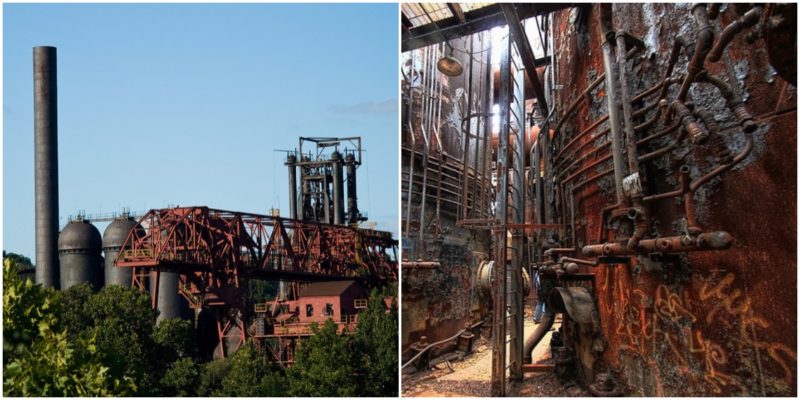Along the waters of Monongahela River in an industrial town named Rankin, in the Pittsburgh area, stand the tall and strong, though rusty, remains of Carrie Furnace. The Carrie Furnaces were built in 1884 and operated for almost a century until 1982.
The peak of production was reached in the middle of the 20th century when they were producing 1000 to 1250 tons of iron per day. That was a record breaking amount of hot iron in the 1950s and 1960s.
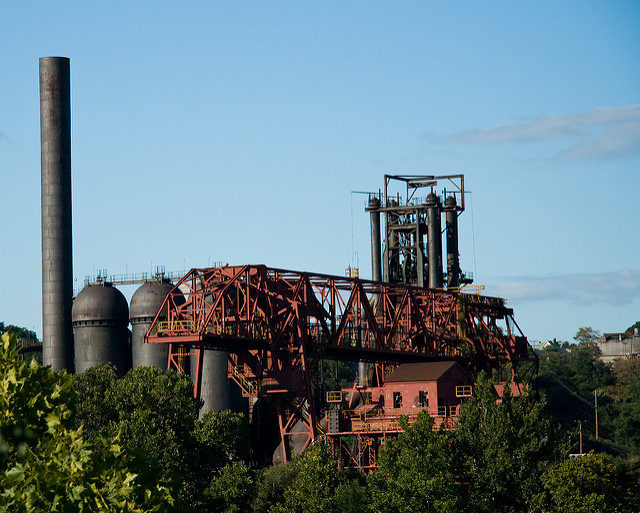
Today only two furnaces remain in full form on the site, furnaces 6 and 7. All the others were decommissioned earlier, demolished and the steel recycled.
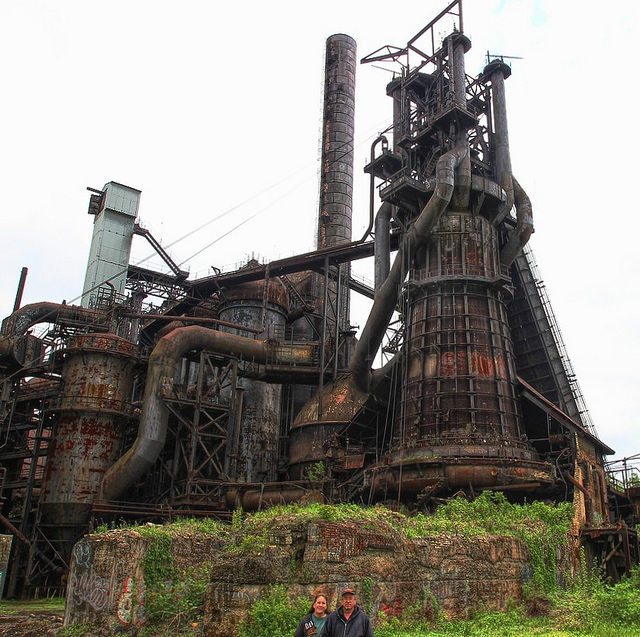
From when they were opened, the Carrie Furnaces operated for 9 years before the Homestead Strike started. This strike was also known as the Pinkerton Rebellion and Homestead Massacre.
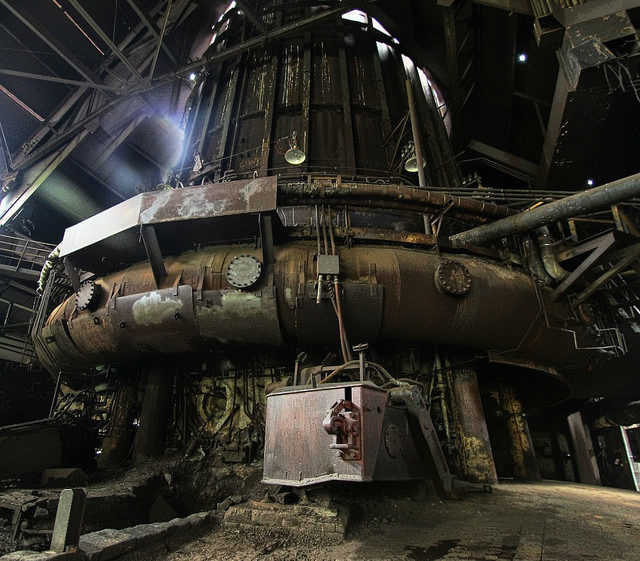
It was an industrial lockout which began on 30th of June 1892, culminating on 6th of July with a fight between the strikers and private security agents. It was a serious battle for workers rights and a big leap for the steel union workers.
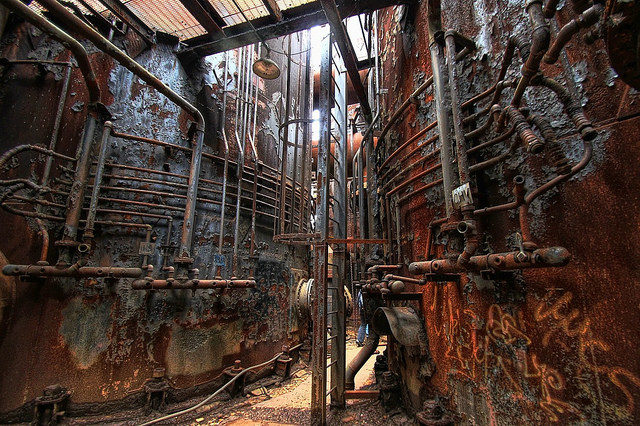
However, the final result was a major defeat for the union and a great setback for their efforts to unionize steelworkers. The battle was one of the most serious disputes in U.S. labor history, with only two more above it, the Ludlow Massacre and the Battle of Blair Mountain.
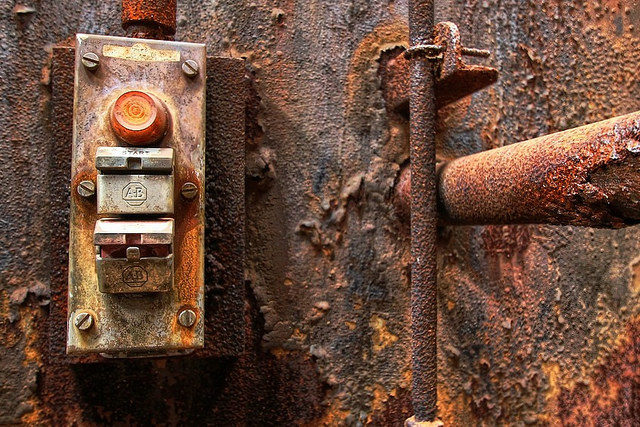
The site of Carrie Furnaces is located along the two banks of the Monongahela River, with 135 acres on the north bank of the river and 33 acres on the south bank. However the site is not really accessible as it is enclosed by railroad tracks on all sides.
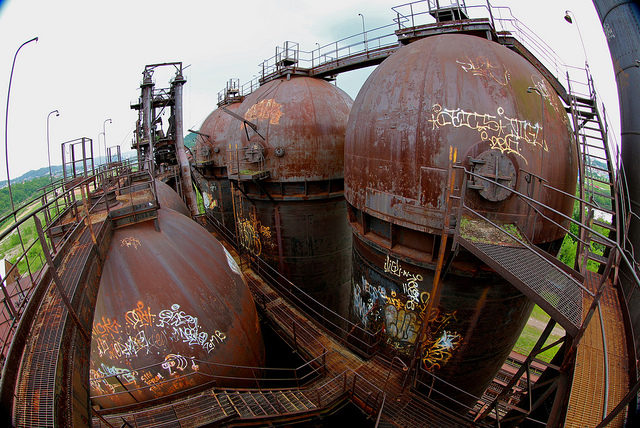
The areas around the furnaces site include Braddock, Rankin, Swissvale, Whitaker and Munhall. In 1988 the Park Corporation purchased the site from U.S. Steel with agreement to pay attention to environmental concerns and ecological issues. This agreement started with removing hazardous materials and substances from the site. In 1994 the underground fuel storage tanks were removed along with two above ground fuel storage units.
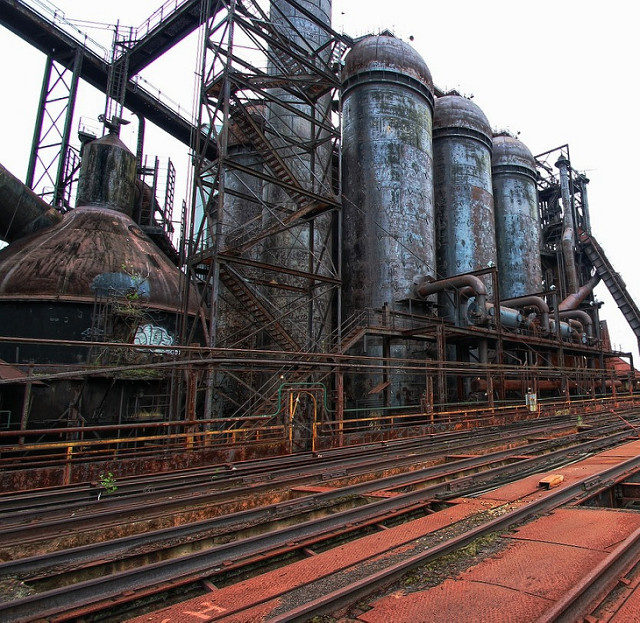
The next step was removing the asbestos from the structures. Also, soil around the furnaces was found contaminated with PCBs and sulfates. In 2005 the site was sold again to Allegheny County for $5.75 million. The first phase of the environmental assessment was completed in 2007 and the second one is currently underway.
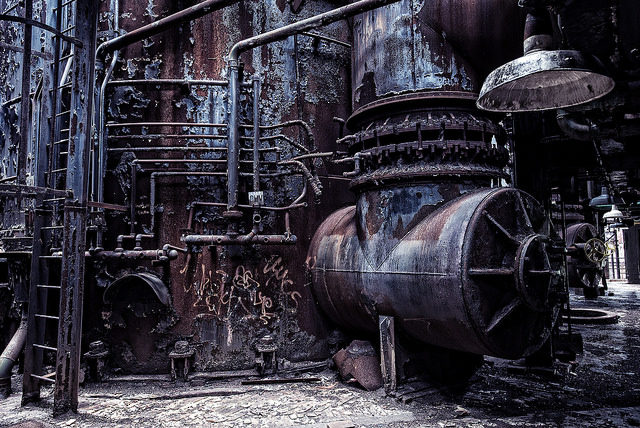
Partners in the second phase of the redevelopment of Carrie Furnaces include the owners Allegheny County, several nearby municipalities, and the Steel Industry Heritage Council. These organizations seek to preserve the remaining industrial structures while utilizing the site for economic development. In other words to save it and make it a tourist attraction.
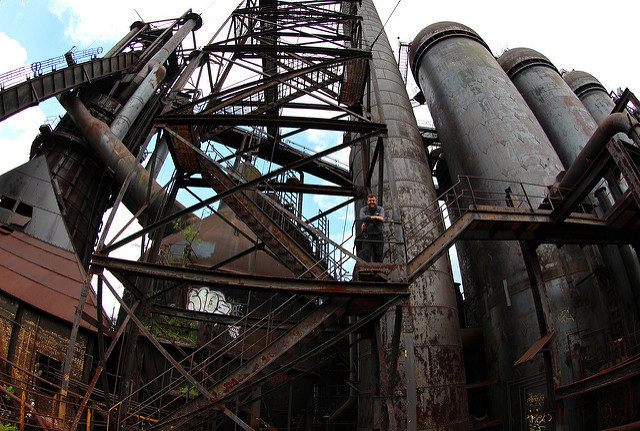
Their plan is a mixed use of both commercial and residential development, plus some light industrial manufacturing. In several years they plan to convert the remains and build new objects to create houses, office buildings, a hotel, a conference center, transportation center and a museum.
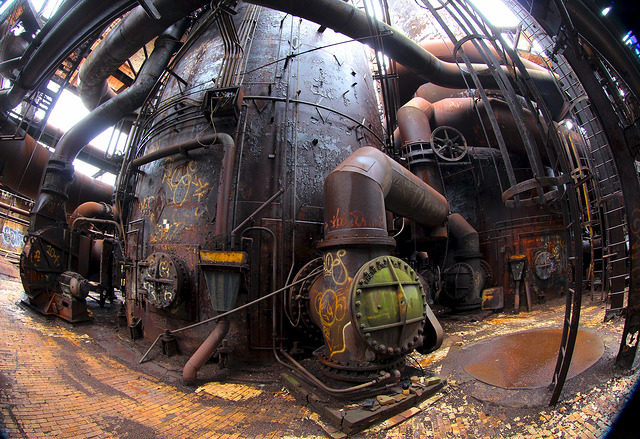
The museum is to be run by the Rivers of Steel Heritage Corporation and it will tell a story of the history of steel, centered on the two blast furnaces that are still standing on the site. The hot metal rail bridge that connected Carrie Furnace to the Homestead Works will become an automobile bridge which will allow direct access to the site. The same bridge also connects the site to the Waterfront, a small retail development on the other side of Monongahela River.
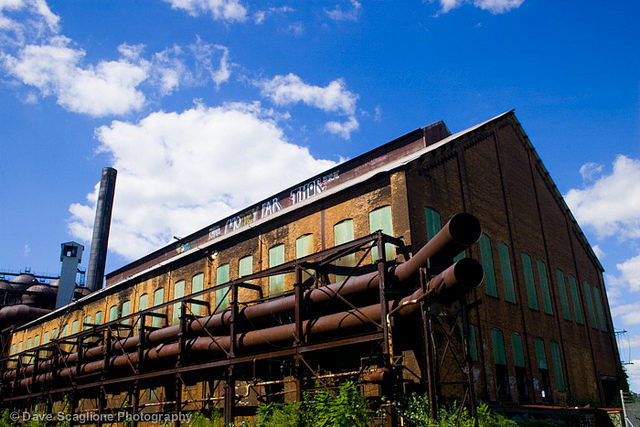
Apart from the housing and commercial plans for the site, another more interesting aspect is under way. There are plans to redevelop some of the area to be more welcoming and accessible for urban explorers, like an urban explorer park of sorts. Allowing them to climb a series of walkways around the towers and see up close and touch the furnaces that set world records in the production of iron. These furnaces were designated a National Historic Landmark in 2006 and are among the only pre World War II 20th century blast furnaces to survive to this day.
